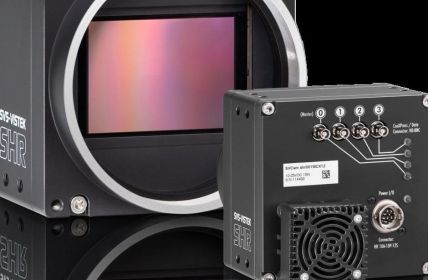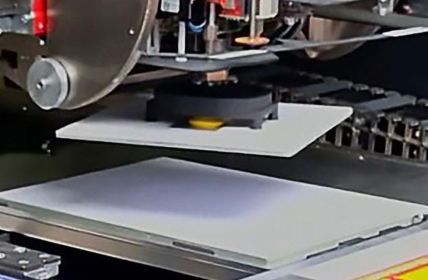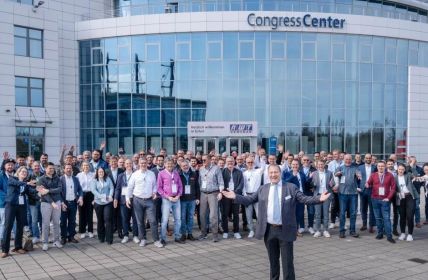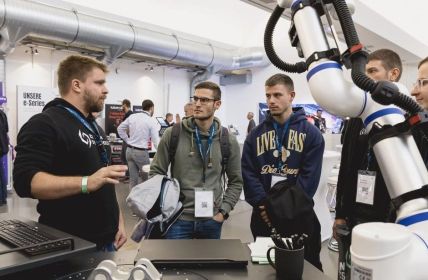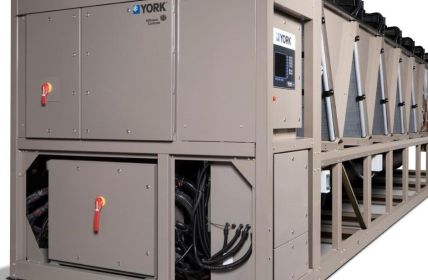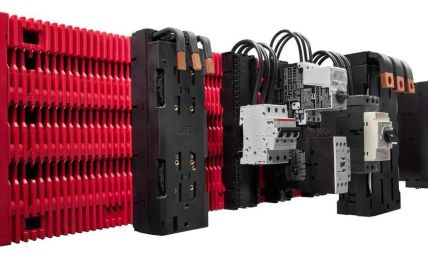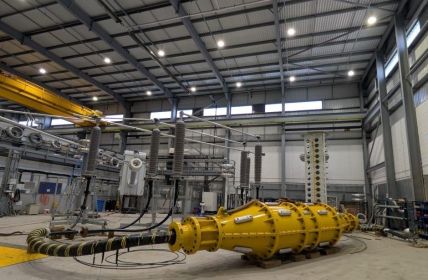As the global report “2021” IoT in Manufacturing: Covid 19 Growth and Change to 2030,” an annual growth rate of 8 percent is expected after the Corona pandemic normalizes the world of work. In the process, the world market for IoT in the manufacturing industry is forecast to grow from $220 billion in 2020 to $237 billion. In 2025, sales in this sector are expected to move toward 451 billion at a CAGR rate of 17.4 percent
Table of Contents: What awaits you in this article
IoT in manufacturing: Expansion into more and more areas of life
IoT in manufacturing consists of the development, production and sale of IoT-enabled applications for a wide variety of economic sectors. On the one hand, this concerns highly complex key industries such as those in the automotive, aerospace, defense, chemical and materials sectors. On the other hand, these applications are also increasingly being used in everyday infrastructure such as food and energy supply.
At the interfaces between people and machines, IoT systems can ensure real-time safety, quality management, maintenance and optimization for production processes, logistics and supply chains.
IoT: growing cyberattack target
Every new technology also always offers potential for misuse. IoT is no exception. The Global Report 2021 assumes that the already serious security and data protection breaches will increase in the future. In a Verizon report, 42. 068 ransomware attacks were already recorded last year alone. With the growing adoption of IoT in more and more areas of life, there will also be an increasing threat from hackers. The study’s creators therefore expect IoT to account for at least 25 percent of all digital attacks in companies in the future. The cost of security needs to prevent major damage from this is expected to grow to $547 million.
IoT in manufacturing: Trend Digital Twins
Digital twins are becoming increasingly important in the IoT manufacturing industry. As digital product copies, they are hybrids of virtual and physical components that are primarily intended to simulate the expected functions before production begins. These simulations are capable of optimizing existing processes. For example, they can improve the accuracies of artificial intelligences and increase the safety and efficiency of IoT. An example of this is General Aviation, which was able to visualize the planned functionality of a new jet engine for its customers with a digital prototype.
IoT in manufacturing: Customized as the future
Another trend that is already emerging today with IoT in manufacturing is that of customized production. More and more customers are not only expecting enormous cost and time savings with this new technology. They are also increasingly expecting products that are perfectly tailored to their needs. After all, IoT offers not only more efficient development possibilities, but also room for completely new innovative paths.
Harley Davidson enlivened this notion by implementing IoT in the manufacturing of its customized bikes, whose manufacturing process was dramatically reduced from 21 days to six hours by the new technology.
Other industries are taking cues from such specifications. Refrigeration equipment producers and transportation equipment manufacturers are incorporating IoT into their productions to give users more options. Aircraft manufacturers such as Airbus, Bombardier and Boeing are increasingly using IoT to be more cost-efficient.





